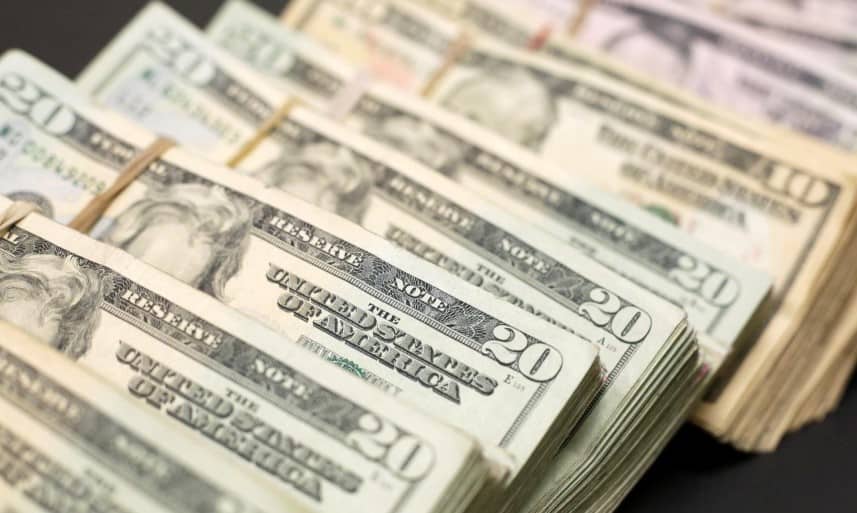The U.S. dollar hovered just above a two-year low on Wednesday, while stocks struggled, as growing worries about the U.S. economy had investors looking to Congress and the Federal Reserve for a renewed commitment to endless stimulus.
MSCI’s broadest index of Asia-Pacific shares outside Japan .MIAPJ0000PUS dipped 0.2%, as gains in China were offset by falls elsewhere, while Japan’s Nikkei .N225 fell 1.2% on a rising yen and a weak start to corporate earnings season.
S&P 500 futures ESc1 dipped 0.2% and a slightly softer start to European trade is in the offing, with Euro STOXX 50 futures STXEc1 down 0.7% and FTSE futures down 0.5% FFIc1.
The Fed is expected to sound reassuringly accommodative at its policy review later in the day and perhaps open the door to a higher tolerance for inflation – something dollar bears think could squash real yields and sink the currency even further.
Against a basket of currencies =USD the dollar was steady, but just 0.3% above a two-year low hit a day ago. It has lost 3.7% in July and is headed for its worst month in nine years.
Gold XAU= slipped as the dollar found its feet, pulling back to $1,951 an ounce after zooming to a record high of $1,980 on Tuesday. Bonds were firm with benchmark U.S. 10-year yields US10YT=RR under pressure at 0.5822%.
The Fed’s forward guidance probably determines the next moves and the extension of several emergency lending facilities on Tuesday fuelled anticipation of a particularly dovish tone.
“Some pockets of the market are looking for the forward guidance to be a bit bolder in a dovish direction,” said Imre Speizer, currency analyst at Westpac in Auckland. “If we don’t get that, you may well get a small rebound in the dollar.”
The Fed publishes its interest rate decision, which is not expected to change, at 1800 GMT and Chair Jerome Powell holds a press conference half an hour later.
SHOW ME THE MONEY
Besides the Fed, the other focus is on political wrangling over the next U.S. fiscal package, which weighed on Wall Street overnight where the S&P 500 .SPX fell 0.6%.
Republicans’ $1 trillion proposal includes cutting a weekly $600 unemployment benefit, which expires on Friday, to $200 just as cracks emerge in the economic rebound.
U.S. consumer confidence fell by more than expected this month, as COVID-19 infections flared.
The Democrats are pressing for a larger spending commitment, while President Donald Trump also said he didn’t like elements of the Republican plan, adding to the sense of confusion.
“This is a big deal – there’s 30 million people unemployed and so much of U.S. GDP is consumer spending,” said Chris Brankin, CEO of brokerage TD Ameritrade Singapore.
“Markets are hopeful that some type of extension gets done … even if it’s reduced – if you just cut if off wholly you’d see significant volatility in the markets.”
Elsewhere in currencies, the Australian dollar AUD=D3 eased to $0.7160 after second quarter consumer prices fell by the most on record, cementing views interest rates would stay low for a long time to come.
The euro EUR=EBS was steady at $1.1728 while the yen JPY= was testing a new four-month top at 105.07 per dollar.
Copper – an industrial metal often used as a gauge of global growth – made its first retreat in three sessions as investors wait for guidance on global stimulus.
Oil prices steadied after a surprise drop in U.S. inventories pointed to energy demand, even as virus infections surge.
Brent crude futures LCOc1 were last up 0.1% at $43.28 per barrel and U.S. crude was flat at $41.01 a barrel.

